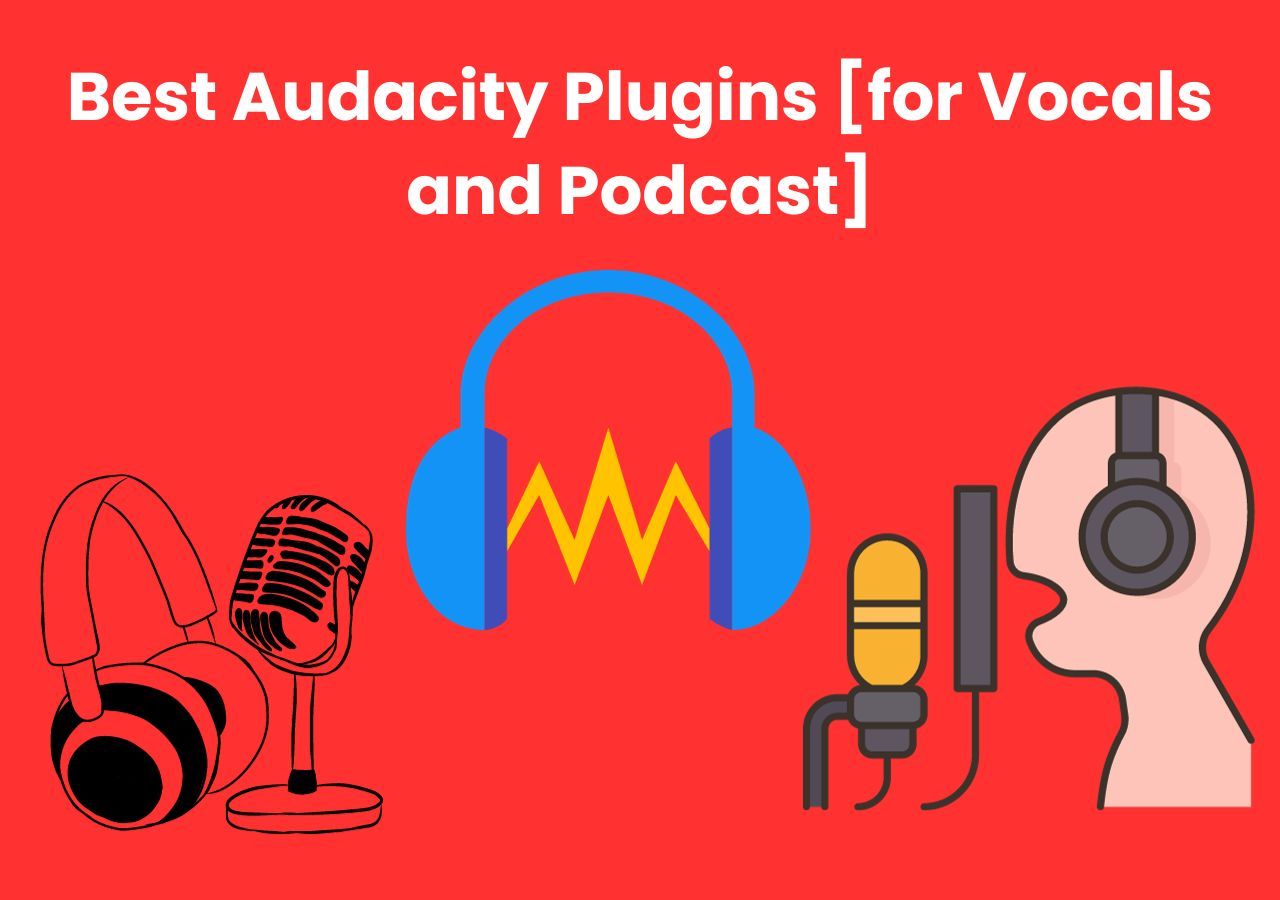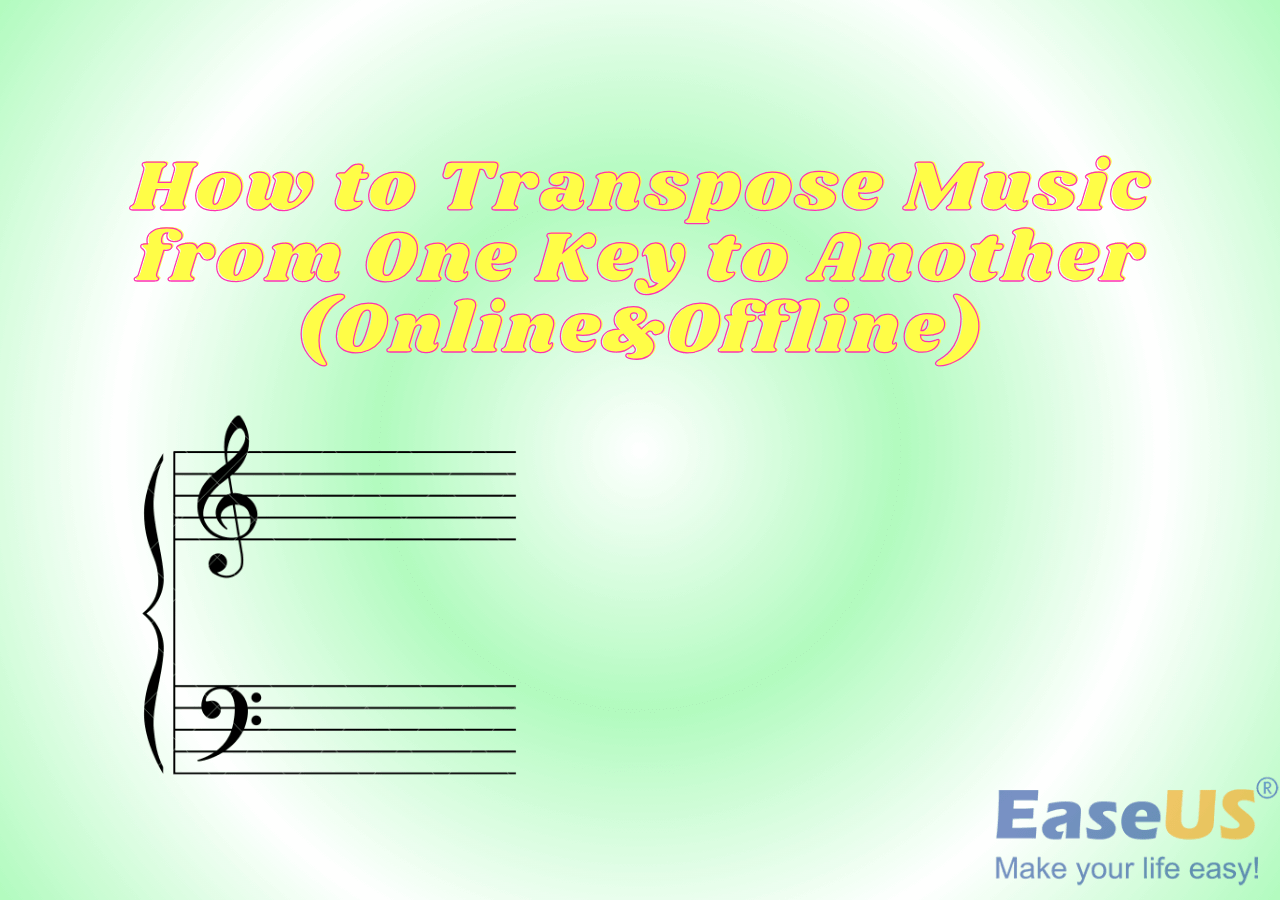-
![]()
Sofia Albert
Sofia has been involved with tech ever since she joined the EaseUS editor team in March 2011 and now she is a senior website editor. She is good at solving various issues, such as video downloading and recording.…Read full bio -
![]()
Melissa Lee
Melissa Lee is a sophisticated editor for EaseUS in tech blog writing. She is proficient in writing articles related to screen recording, voice changing, and PDF file editing. She also wrote blogs about data recovery, disk partitioning, data backup, etc.…Read full bio -
Jean has been working as a professional website editor for quite a long time. Her articles focus on topics of computer backup, data security tips, data recovery, and disk partitioning. Also, she writes many guides and tutorials on PC hardware & software troubleshooting. She keeps two lovely parrots and likes making vlogs of pets. With experience in video recording and video editing, she starts writing blogs on multimedia topics now.…Read full bio
-
![]()
Gorilla
Gorilla joined EaseUS in 2022. As a smartphone lover, she stays on top of Android unlocking skills and iOS troubleshooting tips. In addition, she also devotes herself to data recovery and transfer issues.…Read full bio -
![]()
Rel
Rel has always maintained a strong curiosity about the computer field and is committed to the research of the most efficient and practical computer problem solutions.…Read full bio -
![]()
Dawn Tang
Dawn Tang is a seasoned professional with a year-long record of crafting informative Backup & Recovery articles. Currently, she's channeling her expertise into the world of video editing software, embodying adaptability and a passion for mastering new digital domains.…Read full bio -
![]()
Sasha
Sasha is a girl who enjoys researching various electronic products and is dedicated to helping readers solve a wide range of technology-related issues. On EaseUS, she excels at providing readers with concise solutions in audio and video editing.…Read full bio
Content
0 Views |
0 min read
Quick Guide:
Though VLC supports Windows and macOS with different versions, the steps resemble.
Step 1. Open the video file you'd like to extract with VLC Media Player first. Then, go to "Media" on Windows or "File" on Mac for the "Convert and stream" section.
Step 2. Choose "Profile" as "Audio - MP3" and select the output file location.
Keep reading for more detailed information.
VLC Media Player is an open-source tool to help users view and download videos with basic video editing functions. You can use it to speed up or slow down a video, extract audio from media files, and remove unwanted noises as well.
In this post, you will learn specific methods of how to use VLC to extract or remove audio from an MP4 file with both Windows and macOS. If your VLC fails to work, you can try EaseUS Online Vocal Remover as an alternative method.
How to Extract Audio Files from Video with VLC on Windows
For Windows users, VLC Media Player is one of the most popular players apart from the built-in media player. It supports multiple media file formats and provides many functions for convenience.
🔽Follow the steps below to extract an MP3 file from an MP4 file:
Step 1. Launch VLC Media Player on your Windows computer. Click "Media" from the top bar menu. Choose "Convert/Save" to extract audio files, or you can directly go with "Ctrl + R".
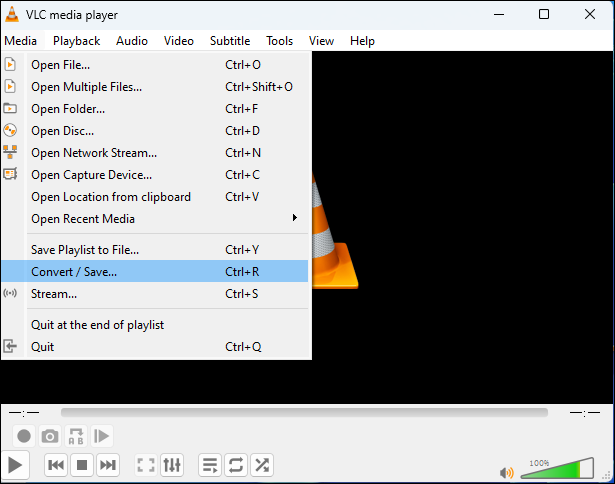
Step 2. A new window pops out. Click the "Add..." button to choose the MP4 file you'd like to convert with.
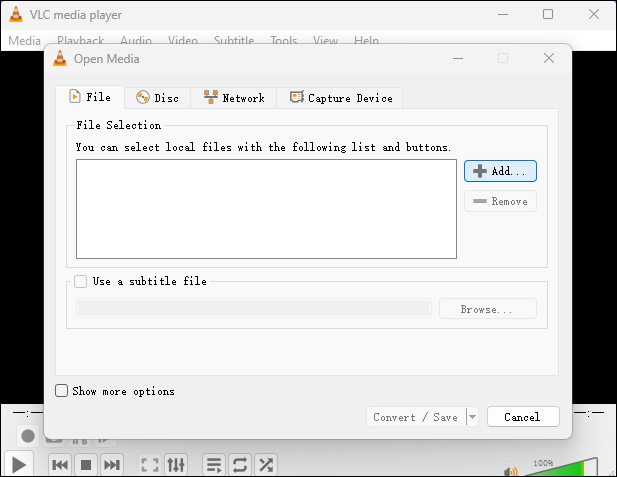
Step 3. After choosing the media source, you can choose the specific format you need in the "Profile" section. In this case, I chose "Audio—MP3" as the output format.
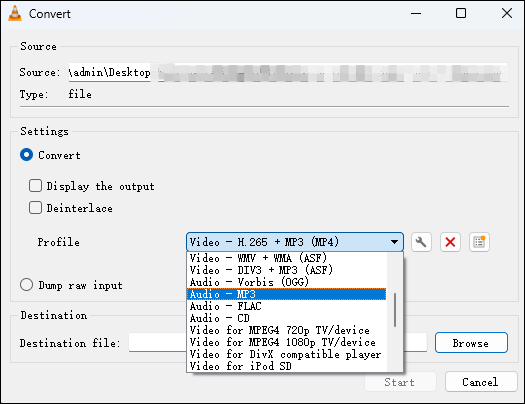
Step 4. Then, you should choose the destination file: where you'd like to save the MP3 file and what is the file name. Click "Browse" to set this.
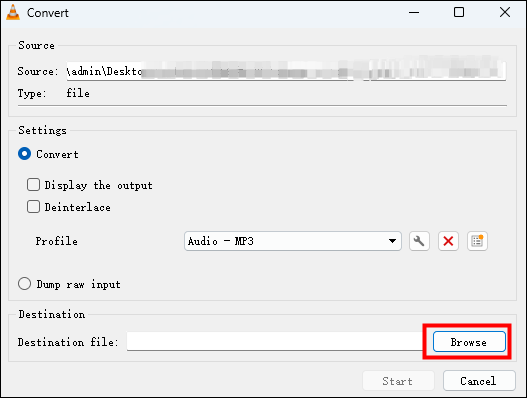
Step 5. After setting, click "Start" to continue. VLC will begin analyzing and converting the MP4 file into an MP3 file. After that, you can find the converted file in the location you have chosen in the step above.
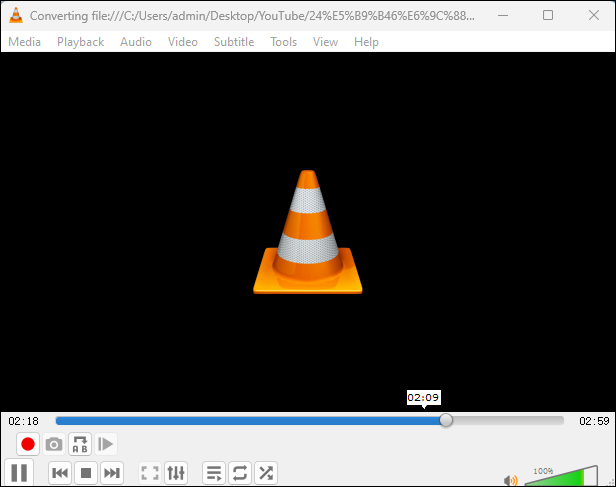
↪️Take a break from learning! You can share this helpful content on your social media with the button below directly to let more users learn:
How to Extract Audio from Video with VLC on Mac
After learning how to do it on a Windows computer, now, it comes to macOS. The differences between the two versions are mainly caused by the system, and the steps in the software resemble.
🔽Let me show you how to extract audio from media files using VLC on a Mac computer with a detailed guide:
Step 1. Install and open VLC Media Player on your Mac computer. Choose "File" from the top bar menu, and click "Convert & Stream..." in the drop-down window.

Step 2. Then, click "Open media..." to add the MP4 file you'd like to convert with.
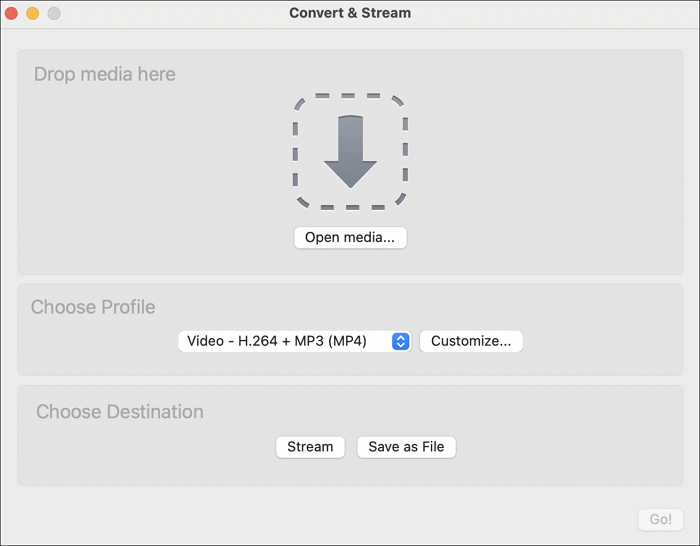
Step 3. In the "Choose Profile" section, you can choose "Audio" with formats including MP3, FLAC, CD, etc.

Step 4. Now, you should choose the output location and name the new file. Click "Save as File" in the next section. Then, press "Browse" to set.
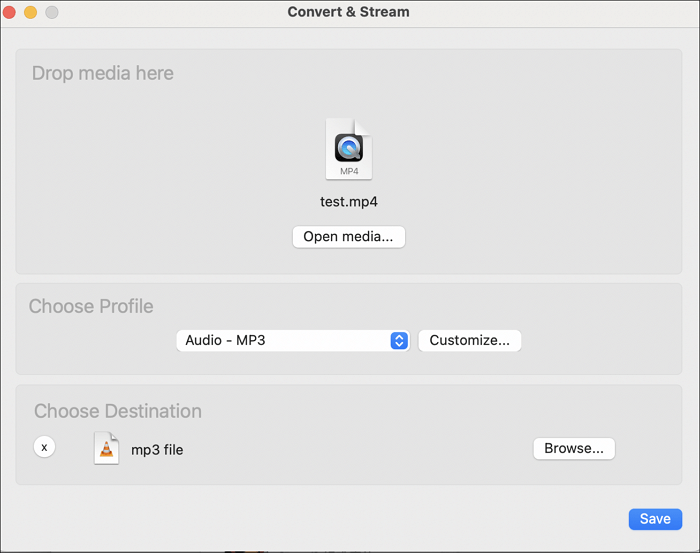
Step 5. VLC Media Player will begin converting. Afterward, go to the file location you just set to get the audio file extracted from the MP4 file.
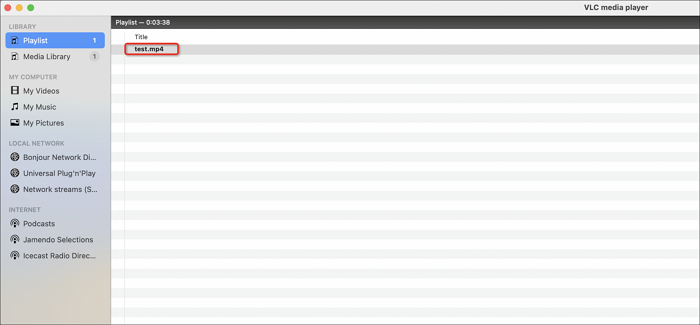
📕VLC Media Player can also help you remove background noises as long as you get the right set. The post below will provide detailed steps on how to do it:
How to Remove Background Noise from Video with VLC Media Player
This post will provide a complete tutorial about how to remove background noises from video and audio files with VLC Media Player to help you.
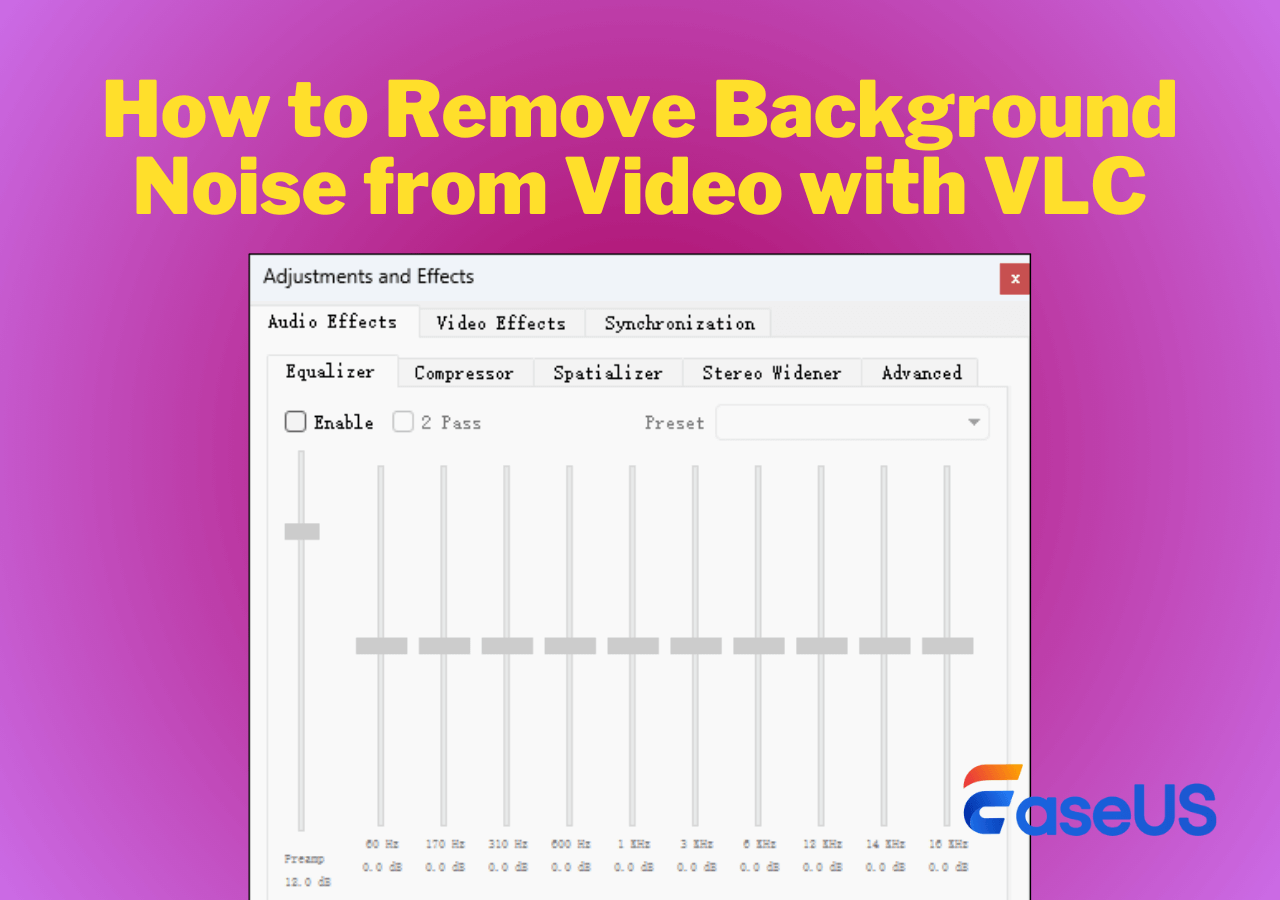
Alternative Method: Extract Audio from Video Online Free
As open-source software, it can be difficult to operate VLC Media Player. If you don't want an extra installation, and the steps of using VLC are hard for you, you better try another easier method to manage your goal.
Here, let me introduce EaseUS Online Vocal Remover to you. It is an online website for audio and video separation. With this professional tool, you can not only extract audio files from video files but also separate instrumental sounds, remove unwanted noise, change the speed of media files, etc. After uploading, you can not only download the audio track from a video file but also use its newest AI model for vocal and music separation.
⭐More unique reasons to choose EaseUS Online Vocal Remover:
- Remove vocals without losing any quality to get the music file only
- Its clean and easy interface makes all process goes very smoothly
- Reduce background noise from YouTube videos with the video link directly
- 24*7 easy access to EaseUS official customer service
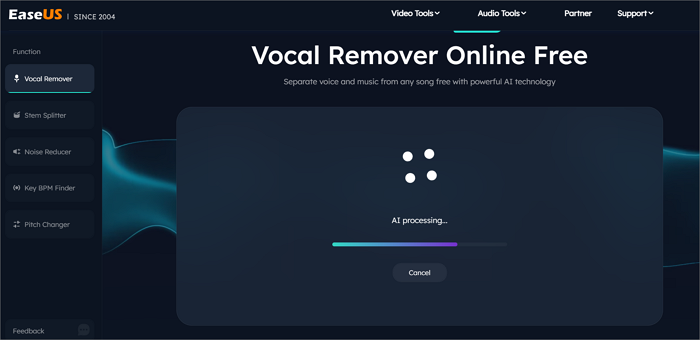
In-Closing
In this post, you have learned how to use VLC to extract audio files from VLC Media Player on Windows and Mac computers. If you think the open-source software is hard to operate, you can give EaseUS Online Vocal Remover a try.

